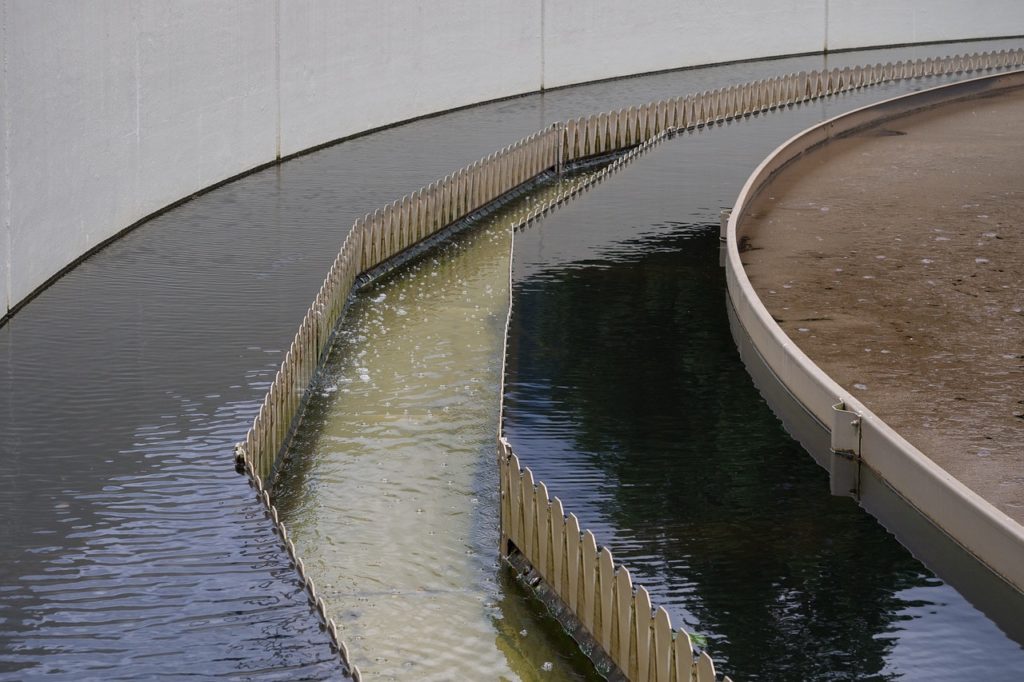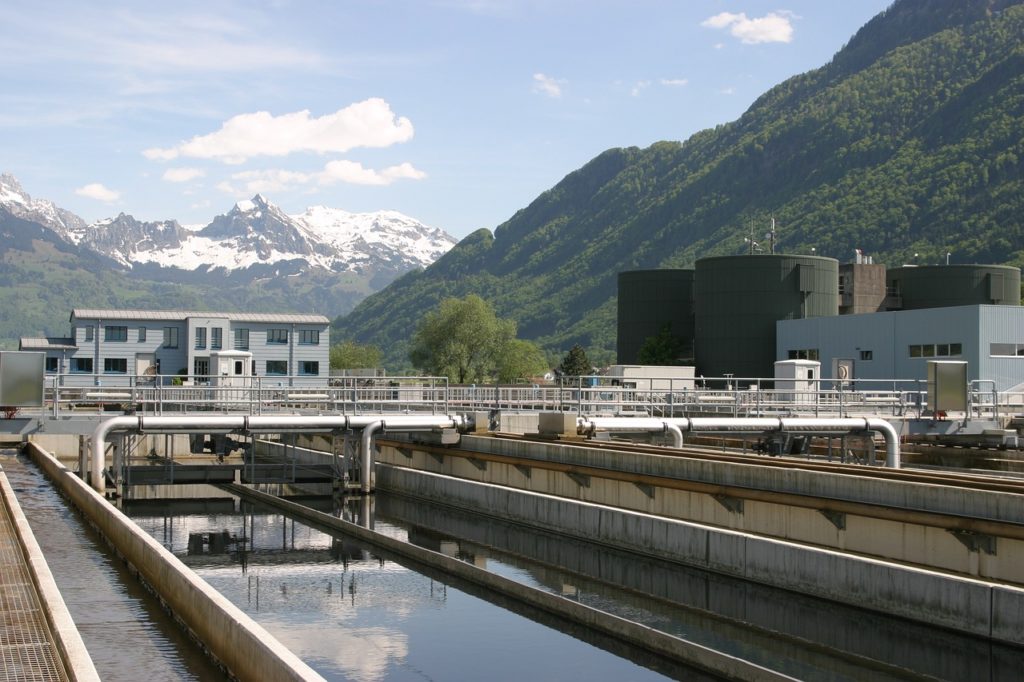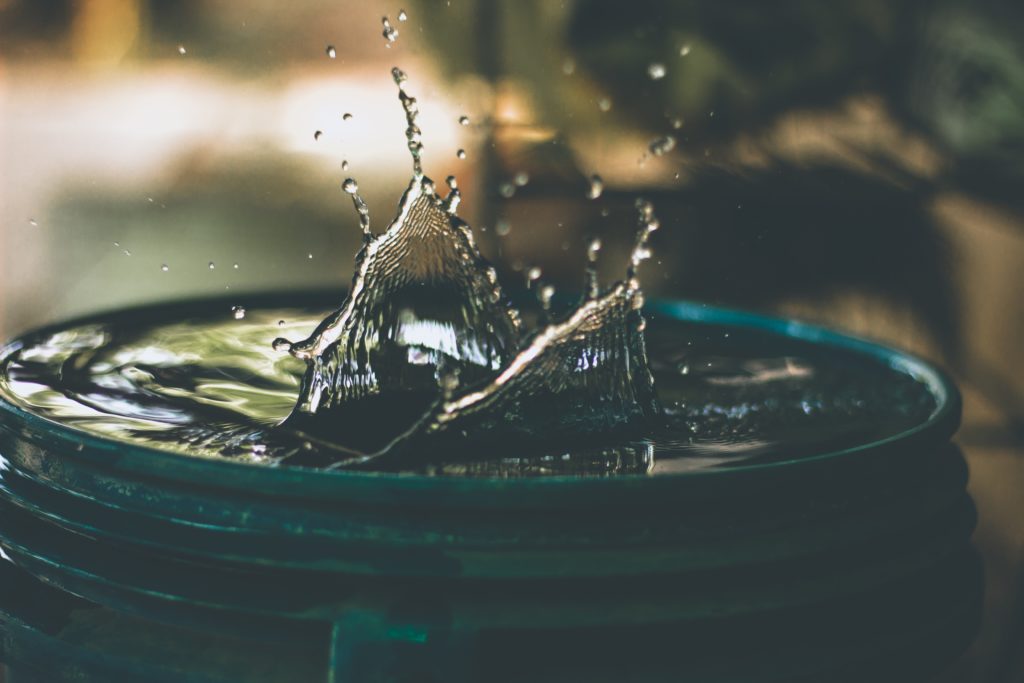Imagine a world where wastewater is transformed into a precious resource, where environmental sustainability meets technological innovation. This is the promise of advancements in Membrane Bioreactor (MBR) technology for wastewater treatment. MBR technology combines the power of biological processes with the efficiency of physical filtration, resulting in a highly effective and eco-friendly solution for tackling the global water crisis. In this article, we will explore the key features and benefits of MBR technology, as well as the latest advancements that are revolutionizing the field of wastewater treatment. So, get ready to dive into the exciting world of MBR technology and discover how it is shaping the future of sustainable water management.
Advancements in Membrane Bioreactor (MBR) Technology for Wastewater Treatment

Introduction to Membrane Bioreactor (MBR) Technology
When it comes to wastewater treatment, membrane bioreactor (MBR) technology has emerged as a highly efficient and innovative solution. MBR combines conventional wastewater treatment processes with membrane filtration to remove suspended solids, pathogens, and other contaminants from water effectively. This technology offers several advantages over traditional treatment methods and has witnessed significant advancements in recent years.
Advantages of Membrane Bioreactor (MBR) Technology
One of the key advantages of MBR technology is the superior quality of treated water it produces. The use of ultrafiltration or microfiltration membranes allows for the removal of almost all suspended solids, including bacteria and viruses. This ensures that the treated water meets stringent quality standards and can be safely discharged or reused.
Another benefit of MBR technology is its compact footprint. Unlike conventional treatment systems, MBRs require less space due to their high solids retention capacity. This not only saves valuable land but also enables the construction of treatment facilities in areas where space is limited.
Furthermore, MBR technology offers greater process flexibility. The ability to operate at higher mixed liquor concentrations allows for variations in flow and organic loading rates, making it an ideal choice for treating both domestic and industrial wastewaters. Additionally, MBRs can handle shock loads and are more resistant to fluctuations in influent characteristics, providing a robust and reliable treatment solution.

Recent Innovations in Membrane Bioreactor (MBR) Technology
In recent years, several notable innovations have been made in MBR technology to further enhance its performance and efficiency. These advancements primarily focus on improving membrane materials, configuration and design, cleaning techniques, and monitoring and control systems.
Improvements in Membrane Materials
Membrane materials play a crucial role in MBR performance and longevity. Over the years, there has been a shift towards the development of more durable and fouling-resistant membranes. Researchers have explored different materials, such as polymeric blends, ceramic membranes, and graphene-based membranes, to achieve superior filtration performance and reduced fouling tendencies.
Polymeric blends have gained popularity due to their excellent chemical and mechanical properties. These membranes can withstand harsh operating conditions, resist fouling, and offer higher permeability. On the other hand, ceramic membranes have exceptional chemical and thermal stability, making them suitable for treating wastewater with high temperatures or challenging compositions. Graphene-based membranes have also shown promise in terms of superior selectivity, permeability, and fouling resistance.

Enhancements in Membrane Configuration and Design
Advancements in membrane configuration and design have also contributed to the improved performance of MBR systems. The development of hollow fiber membranes with larger pore sizes has led to reduced membrane fouling and enhanced permeability. Additionally, the use of immersed configurations, where membranes are submerged directly into the activated sludge, has increased the packing density and solids retention capacity of MBRs.
Membrane module designs have also seen improvements, with the introduction of innovative features such as air scouring systems and backwashing mechanisms. These enhancements help to prevent membrane fouling by removing accumulated solids and improve overall system efficiency.
Advances in Membrane Cleaning Techniques
Efficient membrane cleaning is essential for maintaining optimal MBR performance. Traditional cleaning methods, such as physical scrubbing and chemical cleaning, have limitations in terms of effectiveness and membrane lifespan. As a result, researchers have focused on developing advanced cleaning techniques that minimize fouling and extend membrane life.
One such technique is the utilization of air scouring, where air is injected into the membrane module to dislodge and remove foulants. This non-physical cleaning approach reduces the risk of membrane damage and enhances cleaning efficiency. Moreover, the development of chemical cleaning agents and protocols specifically tailored for MBR membranes has resulted in better fouling control and improved system reliability.
Development of Smart Monitoring and Control Systems
Smart monitoring and control systems have revolutionized the operation and maintenance of MBR facilities. These systems employ sensors, advanced analytics, and remote monitoring capabilities to provide real-time data on various process parameters. By continuously monitoring critical parameters, such as permeability, solids concentration, and temperature, operators can proactively identify issues, optimize operation, and ensure maximum system performance.
Furthermore, the integration of artificial intelligence (AI) and machine learning algorithms into MBR control systems allows for predictive maintenance and optimal energy utilization. AI algorithms can analyze historical data and patterns, enabling the system to anticipate membrane fouling events, optimize cleaning cycles, and reduce energy consumption. These advancements not only streamline operations but also reduce costs and improve overall sustainability.
Integration of Membrane Bioreactor (MBR) with Other Treatment Technologies
To further enhance the efficiency of wastewater treatment, MBR technology has been successfully integrated with other treatment technologies. Hybrid systems that combine MBR with processes such as advanced oxidation, granular activated carbon, or ozonation have shown promising results in terms of improved contaminant removal and reduced carbon footprint.
For example, the combination of MBR with advanced oxidation processes (AOPs) offers enhanced removal of persistent organic pollutants and trace contaminants. This integration allows for the degradation of recalcitrant compounds that conventional biological treatment alone cannot effectively remove.
Application of Membrane Bioreactor (MBR) in Industrial Wastewater Treatment
MBR technology has found wide application in the treatment of industrial wastewater. Industries with high organic loads or complex effluents, such as food and beverage, pharmaceuticals, and petrochemicals, benefit greatly from MBR systems. The ability of MBRs to handle fluctuations in influent characteristics, high organic loads, and toxic substances makes them an ideal choice for treating industrial wastewater.
Moreover, MBRs enable the recovery of valuable byproducts, such as nutrients and energy, from industrial wastewater. The concentrated biomass generated during the MBR process can be used for biogas production or as a nutrient source for agriculture. This not only minimizes waste but also creates additional value from the treatment process.
Future Prospects and Challenges
The future of MBR technology in wastewater treatment looks promising, with ongoing research and development focusing on further improvements and advancements. The integration of nanotechnology, the development of novel membrane materials, and the optimization of system configurations hold great potential for enhancing MBR performance, reducing costs, and expanding its applications.
However, there are still challenges that need to be addressed. Membrane fouling remains a significant concern in MBR operation, despite the advancements in cleaning techniques. Further research is needed to develop more effective fouling control strategies and to enhance the lifespan of membranes. Additionally, the high energy consumption of MBR systems poses a challenge to their widespread adoption. Future innovations should focus on reducing energy requirements while maintaining efficient treatment performance.
In conclusion, advancements in membrane bioreactor (MBR) technology have revolutionized wastewater treatment by offering superior water quality, compact footprint, and process flexibility. Innovations in membrane materials, configuration and design, cleaning techniques, monitoring systems, and integration with other treatment technologies have further improved MBR performance and efficiency. With ongoing research and development, MBR technology holds great promise for the future of wastewater treatment, while challenges such as membrane fouling and energy consumption continue to be addressed.



